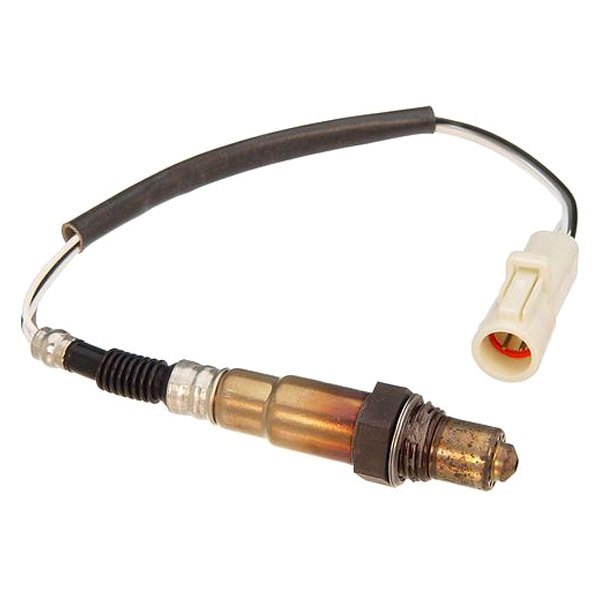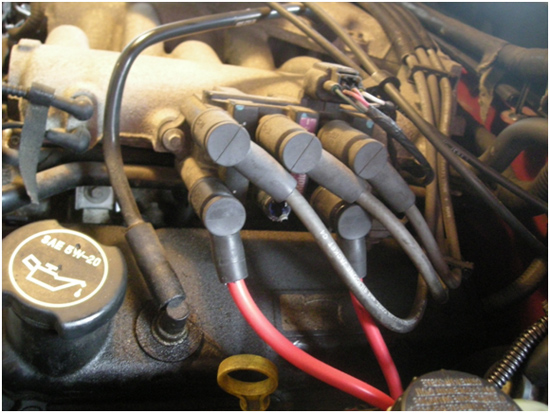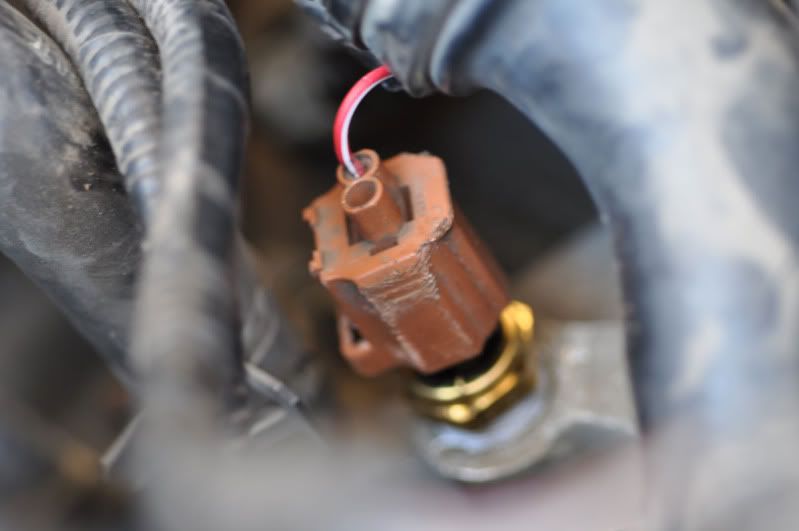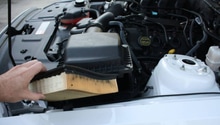Ford Mustang V6 1994-2004: Engine Codes Diagnostic Guide
The OBD-II system allows for many engine components to be monitored to ensure proper operation. When the PCM interprets a value that is outside of the normal specifications for a given component, the check engine light will illuminate and a diagnostic fault code will be stored. These stored diagnostic codes can greatly aid in identifying and fixing a faulty engine component.
This article applies to the V6 Ford Mustang (1994-2004).
The on-board diagnostic (OBD) system was developed for manufacturers to monitor emission control devices on their vehicles. In addition to monitoring smog equipment, manufacturers began to use the on-board diagnostic system to monitor various aspects of the engine, transmission, and chassis. While many car manufacturers were playing catch-up in the mid-nineties to implement their OBD-II operating system, most V6 Mustangs starting in 1994 were equipped with the second generation on-board diagnostics system (OBD-II). The OBD-II system is much more advanced than its predecessor and is able to monitor many different aspects of the vehicle to ensure proper operation. In turn, hundreds of fault codes are available to give owners and technicians a starting point on where to look if a problem in the vehicle arises. Illumination of the malfunction indicator lamp (MIL), also referred to as a check engine light (CEL), indicates a fault somewhere in the vehicle. A generic OBD-II scanner can retrieve the code and provide the first step towards curing the problem. This article will show how to retrieve a diagnostic trouble code, as well as outline several common fault codes in the 1994 to 2004 V6 Mustang models.

Material Needed
- OBD-II code reader or scan tool
Read Diagnostic Trouble Code
If a check engine light has illuminated on the dash, a fault code is stored in the computer and can be retrieved with an OBD-II code reader.

- Using a generic OBD-II code reader, plug the reader into the diagnostic port located under the dash on the driver's side.
- With the code reader plugged in, turn on the ignition. It is not necessary to start the car.
- Scan for codes.
- Fault codes are composed of a letter that precedes four digits. Depending on the make and model of your code reader or scan tool, you may be able to view additional information such as freeze frame data associated with the fault code.
- Upon repairing the faulty component, stored fault codes can be cleared to reset the check engine light.

For an entire list of OBD-II fault codes, see the related discussion: OBD-II Trouble Codes.
Pro Tip
If you do not have a code reader, many auto parts stores will scan fault codes for free.
Listed below are several common fault codes and their underlying issues for V6 Mustang models.
Oxygen Sensor Codes
The most common issue typically associated with a check engine light is found within the oxygen sensors and related components. The oxygen sensors monitor exhaust gases to determine the correct air-fuel mixture, as well as monitor the efficiency of the catalytic converter(s). While it is very common for oxygen sensors to fail and simply need replacing, the source of the problem can originate upstream of the sensors.

- Oxygen sensor operation can typically be tested by measuring its voltage outputs with a digital multimeter as the engine warms up. Measurments that fall outside of the factory specifications will require replacement sensor(s) to be installed.
A functioning oxygen sensor can trip a check engine light if the gases it is measuring are not within spec. Possible causes include:
- Faulty fuel injector(s)
- Faulty mass airflow sensor
- Bad ignition coil or spark plus (misfires)
- Exhaust leaks
- Vacuum leaks
- Faulty wiring at oxygen sensors
Pro Tip
An oxygen sensor fault code accompanied by an upstream fault code (i.e. misfires, fuel injectors, etc.) is usually the cause of the O2 sensor fault, and should be corrected before assuming the O2 sensor is bad.
Engine Misfire Codes
Perhaps one of the more common fault codes to pop up on the V6 Mustang models are misfire codes. Misfire codes begin with P030*, with the last digit indicating which cylinder is experiencing the misfire. It is not uncommon to have multiple misfire codes for various cylinders stored in the fault memory. A misfire is when the air-fuel mixture in a particular cylinder does not combust to produce power. Misfires will leave your engine running rough and lacking power. Causes for a misfire code include:
- Faulty ignition coil (coil pack)
- Bad spark plugs
- Loose, disconnected, or aging spark plug wires
- Poor fuel quality
- Clogged fuel filter
- Failing fuel pump
- Plugged fuel injector

Pro Tip
It is best to start with the simplest of fixes that are easy to access and work your way up to the more difficult to replace components. This will often save time and money, as a simple fix can cure major driveability issues.
Evaporative Emission System Codes
The evaporative emissions system is in place to collect fuel vapors from the fuel tank and fuel system from venting to the atmosphere. These fumes are typically collected in the charcoal canister and eventually burned during normal engine combustion. While a fault code associated with the evaporative emissions system may seem overwhelming, something as simple as a faulty gas cap can be the cause of your check engine light. In fact, Ford issued a technical service bulletin in 2003 identifying a loose, leaky, or faulty gas cap as the culprit behind many of the Mustang evap fault codes. Evaporative emission fault codes are typically caused by:
- Bad gas cap
- Deteriorated gas cap seal
- Leaking fuel tank filler neck
- Small/large leak in fuel vapor hose(s)
- Bad purge valve
- Fuel tank leak

Coolant Temperature Codes
Fault codes associated with the coolant temperature or coolant temperature sensor can cause a host of issues on the Mustang V6. A fault code ranging from P0115 to P0119 indicates that the PCM is reading abnormal values at the coolant temperature sensor. A failed or failing coolant temperature sensor may cause the temperature gauge to wildly fluctuate and the electric fan to operate intermittently. Additionally, the engine may run poorly and see a reduction in fuel economy. Similar to an O2 sensor, the temperature sensor can be tested with a digital multimeter to check its operation. Many times, if there are no signs of engine overheating, the temperature sensor has failed and should be replaced. That being said, the following issues may cause a temperature related fault code:
- Low coolant level
- Failed thermostat
- Inoperable cooling fan
- Plugged radiator/cooling system
- Failing water pump

Pro Tip
A quality shop service manual for your specific vehicle can go a long way in troubleshooting diagnostic fault codes. Manuals from companies like Chilton and Haynes include troubleshooting guides that are typically available at most auto parts stores.
Related Discussions
- OBD II Trouble Codes - MustangForums.com
- Help With Mustang Codes - MustangForums.com
- P0301 Error Code 2002 V6 - MustangForums.com






